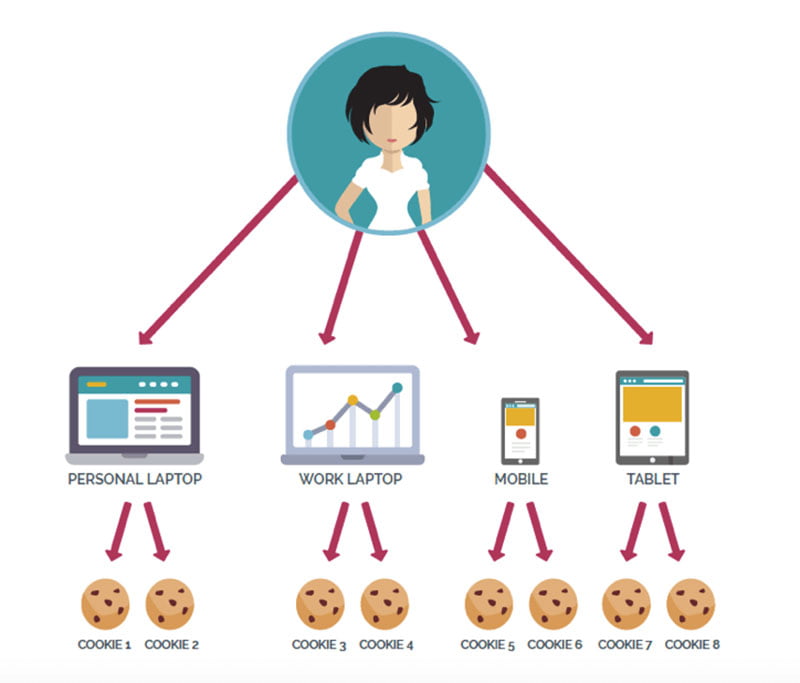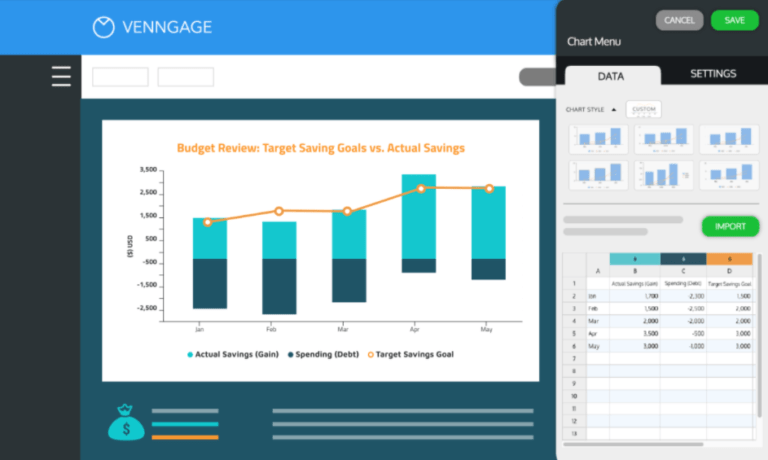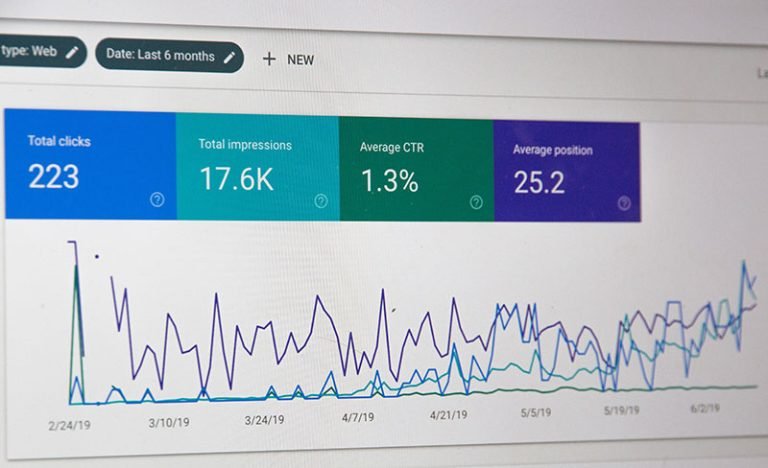At Design Your Way, the team is pretty proud that they are audience strategists. With the tried-and-true digital and print solutions, the team can pinpoint even the narrow subsets of consumers that the customers are interested in reaching and carefully target those groups.
Cookies are only one of the numerous tools available to us, but sadly third-party cookies are disappearing.
Table of Contents
Websites may use these little pieces of data to track and remember things like your shopping basket, but if you’re using an e-commerce site or your login credentials if you’re using a particular website.
Essentially, it makes it possible for site owners to gather information on the pages that receive the most views, the amount of time that users spend on specific sites, and a variety of other data about user activity on their website.
Some website owners may ask you to confirm that you are willing to receive cookies before the site fully opens for you. It is all because cookies retain your browsing activity; as a consequence, when you use Google or any of the other search engines, you will often receive the search results that are most relevant to you.
Cookies stored on a user’s computer enable many of the features expected of typical websites. Additionally, the data acquired by cookies enables site owners to study how visitors interact with their site. Based on this analysis, the site owners may make adjustments to improve the site’s performance and provide a better user experience.
These cookies will communicate to the webmaster the sort of audience viewing the website and the information they are seeking. With the assistance of artificial intelligence, the appropriate data go to the web browsers or devices used by that audience.
If you do not want to accept cookies, there is a possibility that the proprietors of certain websites may not allow you to access their sites because you will not get their cookies. It is a possible problem.
Cookies: What Are Their Uses?
Users’ web browsers are filled with bits of code known as “cookies” whenever users visit a new page. Tracking users’ surfing patterns is made possible via cookies. Personalization is made possible by their data, including login data, location settings, items in your shopping basket, and more.
It may include a variety of different things. Advertisers use cookies to gather data, such as which websites a user visits, that will assist them in delivering the information that is most relevant to and tailored toward a specific audience.
How does internet advertising work?
It is easy to overlook how complex the process of targeting specific consumers or audiences maybe since the digital marketers are constantly immersed in this endeavor. With the most up-to-date technology, in-depth statistical research, and the expertise of a skilled team of marketing and media specialists, this campaign execution will be effective.
As a firm specializing in media targeting, the key to success is ensuring that your customers comprehensively understand the process. It enables them to make informed judgments about their strategies and initiatives and express the objectives they have set for themselves effectively. Keeping this in mind, the following is a high-level explanation of how digital consumer targeting works in two ways: by device ID and cookies.


Source
- Tracking of many devices using a Device ID
- Marketers now can hone in on specific mobile devices thanks to device ID targeting.
- Includes mobile devices such as smartphones and iPads, computers, desktops, laptops, and smart TVs.
What does “Device ID” stand for?
A device ID is a one-of-a-kind identifier assigned to mobile devices by the companies that make them. Advertisers can more precisely target individual devices by making use of these identifiers.
Device IDs are uniquely associated with a specific device, making it easier to target an audience precisely. Through the use of device IDs, advertisers may more precisely target mobile as well as other associated devices while also collecting critical information across all mobile activity. Marketers can quickly target a single user across all devices using device IDs, making cross-device targeting a reality. When you purchase, you enter your subscription details into the machine, and it will be assigned to you. It may be the information for your wireless carrier for a phone or the information for your Netflix account for a television. This information is combined to ascertain that you are still using several devices and can move between them effortlessly. Deterministic targeting is another name indicating a genuine connection between a person and the equipment they use (s).
- Retargeting using cookies from third-party websites
- Cookie targeting allows advertisers to target customers based on their previous actions online, such as the websites they have visited.
- What products they looked at, what they bought, and other related information.
It is common for tracking cookies to be placed on a user’s web browser when they access a web that utilizes monitoring cookies. The code alters how the web application interacts with particular websites and is stored in the browser for a period chosen by the developers who produced it or until the user deletes it. When a user visits a website, a cookie collects information from the user’s computer and stores it on it. Web advertisers employ third-party cookies for a wide range of purposes, including
- Engaging in retargeting advertising; more discussion on this topic to follow.
- Storing information (such as the products that you have put in your virtual shopping cart on an online retailer’s website);
- Keeping track of previously entered data, such as name, address, and phone number, to be utilized in future autocomplete fields.
- Preserving user preferences
- Users’ account information and login status are sent to account-protected servers through cookies.
- These servers record which sites you are logging into and utilizing to validate your identity.
- Keeping a record of everything the user does
By recognizing user behavior, cookies make it easier for customers to complete activities online. It’s like going to your local restaurant and having the waiter know that you’re a vegetarian and don’t want green onions in the home fries; it’s like that. Customers’ online experiences are made more convenient thanks to cookies. Cookies enhance the user’s online experience by storing preferences and other information about the user.
What Do Cookies Keep in Their Caches?


Source
Please remember that most cookies never include information that can identify you, such as your identity, email, or phone number. Cookies collect a variety of data, including information about you.
- Age
- Gender
- Positioning
- Areas of Interest
- Search engine activity or activities that occur on your website
- To monitor which advertisements you’ve seen and when advertisers utilize cookies. More precisely, which advertisements your website has been exposed to.
How Retargeting Ads Work in the Real World.
Lets take the example of a real time consumer to elaborate the point. Many users use mobile phone to access Amazon.com on the go. Much information is collected on the items they buy, such as the size 8 and 10 football gloves, the adult ski gloves, and the adult diapers they add to my shopping cart. People have been recognized as a possible mother with children and a family member enjoying spending time outside. Marketers can retarget them, and they do so regularly, sending them discounts and reminders from the shops they frequent most.
After that, consumers will be using an iPad. Because their registration information is still in their system, businesses “know” that it is still these consumers. Thanks to a specialized real estate app on my iPad, they keep a close eye on the market. Marketers may presume that they are interested in purchasing a new house. They also have quite a few apps dedicated to cooking recipes. And just lately, they have used the internet to make travel arrangements for their whole family of six. The more these consumers do things online, the more a complete images of their activity emerges.
Later, the consumer goes to the supermarket, and while there, they make all my purchases using the Shopkick app. As more information is collected regarding my shopping patterns, it has become evident that while a family generally makes good food choices, they may sometimes splurge.
Ads that reach their intended audience are a must-have component of every marketing campaign. To businesses, it is advantageous since it guarantees that their advertising dollars are working as hard as possible, targeting particular audiences with appropriate advertising. Consequently, customers benefit from a more personalized and personalized online experience, which they may use to their advantage when shopping.
A cookie is a tiny text or code file that your web browser stores on your computer at the invitation of a website owner. A remote text file called a cookie is downloaded to your computer’s motherboard when you visit a website. Your device’s identity is trackable using this method in the future.
If you revisit the site in the future, it may be capable of reading the cookie and retaining information about your prior visit. You will get relevant search results using Google or another search engine.






